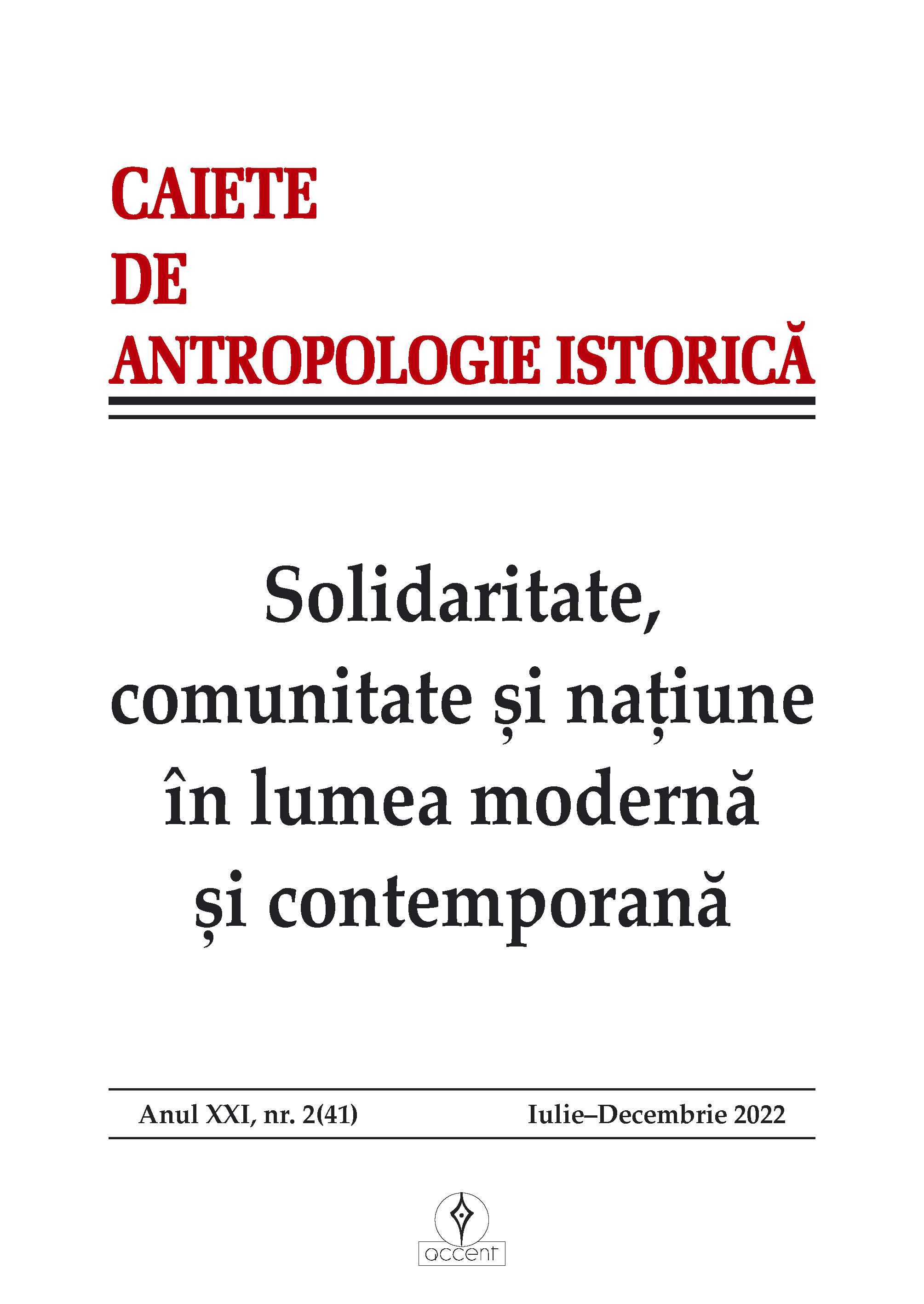Partidul Țărănesc din Basarabia și țărănismul basarabean
The Bessarabian Peasant Party and the Bessarabian peasantry
Author(s): Cristian BogatuSubject(s): Local History / Microhistory, Political history, Recent History (1900 till today), 19th Century, Interwar Period (1920 - 1939)
Published by: Accent Publisher
Keywords: peasantry; Romania; Bessarabia; Peasant Party; Peasant Party of Bessarabia; ideology; interwar period;
Summary/Abstract: Peasantism was a political ideology that first emerged in the 19th century. This political current manifested itself in the first interwar years through the Bessarabian Peasant Party, the most important party in the province, created by the Bessarabian nationalists who voted for the union of Bessarabia with Romania in the Council of the Country, with Pan Halippa as president. Although it was a party that put the defense of the interests of the peasantry first, its political program pursued diverse themes such as universal suffrage for men and women, administrative decentralization, social justice, a new constitution, compulsory and free education, the 8-hour workday, as well as the division of all estates to the peasants or the considerable extension of workers’ rights. The main achievements of this political formation were the ratification of the law regarding the act of the union of Bessarabia with Romania, the adoption of the agrarian reform in Bessarabia during the autonomy period of the province, the development of a consistent activity on the international level for the recognition of the Union of 1918. It participated in the parliamentary elections of 1919 and 1920, each time obtaining mandates in Parliament.In the first interwar years, being the largest political formation in the province, it had the task of fully integrating Bessarabia within Romania, as well as helping to modernize it, playing an important role on the political level, being either in the government or the main force of political opposition between the Prut and the Dniester. In 1921, it joined the Peasant Party of the Old Kingdom, one of whose ideologues was Constantin Stere, of Bessarabian origin. Since not all Bessarabian peasants agreed with this merger, the Ion Inculeț group formed a new political formation and accused the Pan Halippa group of treason. Later, the dissident peasants split into two: the Inculeț group joined the National Liberal Party, and the Pelivan group – the Romanian National Party (from Transylvania). These mergers were a natural process, as all the provinces united with the country in 1918 had regional parties which, later on, united with political formations from other regions, especially with the ones from the Old Kingdom, a process which resulted in a standardization of Romanian political life. In 1926, the P.Ț. merged with the P.N.R., forming the National Peasant Party, which was, along with the P.N.L., the largest political formation in Romania at the time.
Journal: Caiete de Antropologie Istorică
- Issue Year: 2022
- Issue No: 41
- Page Range: 135-149
- Page Count: 15
- Language: Romanian

